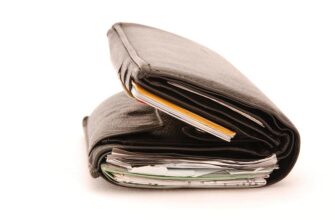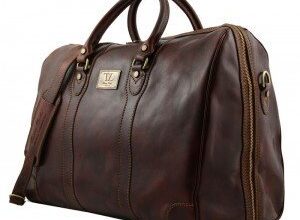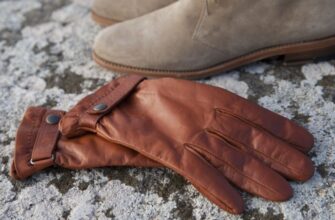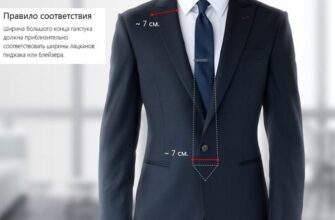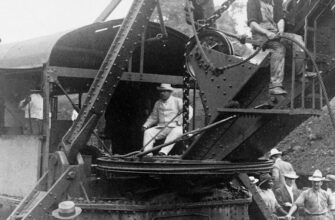Shirt collar underwires, or 'collar inserts', are rigid plates usually made of plastic or metal. They are inserted into a special pocket on the inner side of the shirt collar (shirt) and provide rigidity to the corners of the collar.
But are the bones as simple as they seem at first glance? Let's look at this small men's accessory in greater detail.
- Why do you need bones for a shirt collar
- How to choose underwire for a shirt collar
- What materials are bones made of
- Plastic bones
- Stainless steel bones
- Brass bones
- Wooden bones
- Bones of gold or silver
- Magnetic collar underwire
- What other materials are used for collars
- How to make bones yourself
- How not to ruin your bones and shirt
- Finally
Why do you need bones for a shirt collar
Whether worn with a coat, tie, or just like that, the shirt collar remains the most important part of it. The back of the collar, V-shaped, always indicates the face of the wearer. It is very important to have a collar that positively emphasizes its owner. To achieve this, the collar must fit the wearer's face, be the right size and just look ironed.
COLLAR BONDS IN BOWANDTIE ONLINE STORE
GO TO STORE
Every man who ever wore a shirt, came across an unusual object in the collar, which at first glance was useless. Well, yes, it adds rigidity, but the collar retains its shape perfectly even without it. Everything changes when your shirt has been washed 4-5 times. The collar is already losing its former 'straightness' and the ends tend to bend inward. To prevent this from happening, they came up with the idea of placing bones or inserts in the collar to keep the ends in a straight state, as required by etiquette.
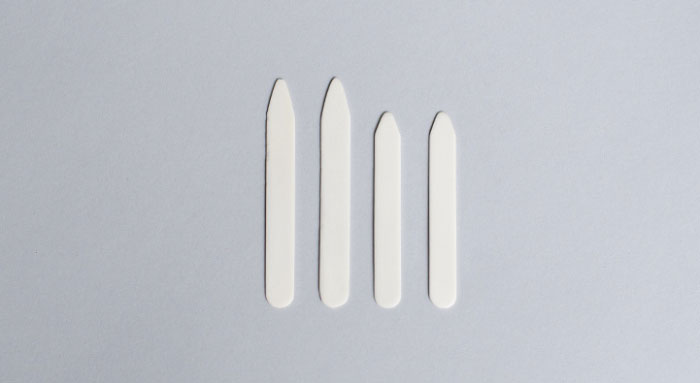 Regular underwire for shirt collar
Regular underwire for shirt collar
However, not all shirts require bones. Only classic shirts have collars, in which you need to place collar bones. If we look at shirts for smart casual style, then the soft collars of these shirts keep their shape straight thanks to the buttoned button at the edge of the collar tip. Since it is etiquette to keep such shirts buttoned, they look straight and there is no need to insert anything there.
How to choose underwire for a shirt collar
There are 2 types of underwire: sewn into the collar and detachable. Sewn bones at the factory are usually made of plastic. Many people recommend avoiding such shirts, but in my experience, not a single shirt with bones sewn into the collar lost its elasticity after 12-15 washes in 2-3 years. Removable bones are of greater interest and today we will talk about them.
Depending on the manufacturer, the type of shirt collar, there are different bones. They differ in material, thickness, width, length, and shape of the ends.
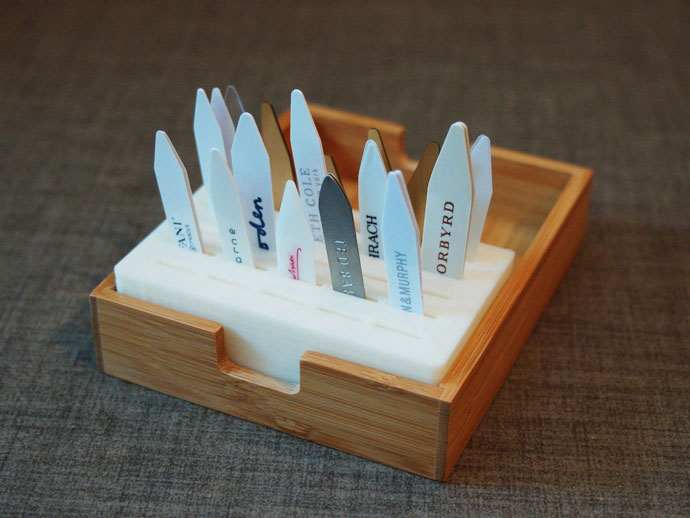 Variety of collar pits from different manufacturers
Variety of collar pits from different manufacturers
Choosing bones for the collar is not difficult, the main thing is to choose the desired length and width. The bone should not easily fall out of the collar and easily reach with two fingers. If the bone falls into the pocket, the exchange is not suitable. If the bone sticks out of the pocket more than 5 mm. – the size is not suitable. I hope you understand the meaning. The rest of the characteristics, such as the material or the shape of the ends, depend on your personal preference.
There are also sliding bones made of metal. The bottom line is simple – they change the length like a telescopic fishing rod to the desired size.
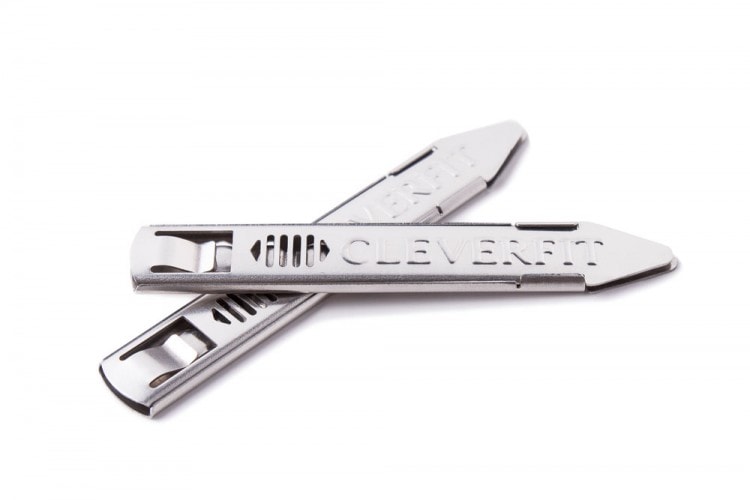 Sliding underwire for shirt collar
Sliding underwire for shirt collar
What materials are bones made of
Today on sale there is a wide variety of bones for the collar of a shirt, made of various materials and at different prices, ranging from 10 rubles. for a plastic copy, and up to 300,000 rubles. – 400,000 rubles. for gold items inlaid with diamonds and other precious stones.
Plastic bones
The most common material for collar inserts is plastic. The material is cheap and as long as there is oil, it is quite affordable. Most manufacturers of shirts and shirts prefer plastic collar bones.
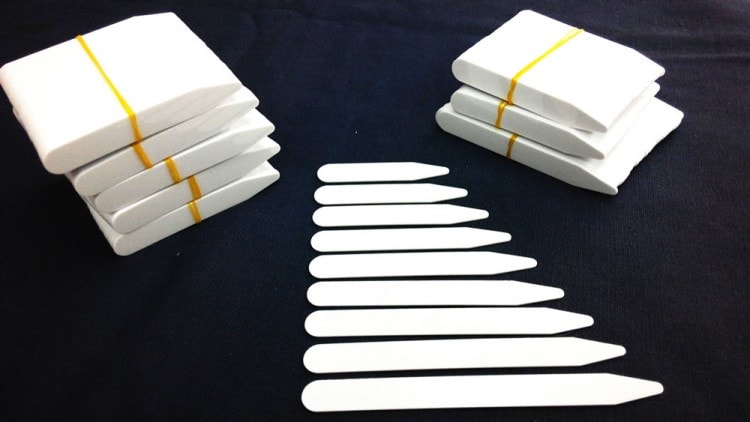 Plastic underwire for shirt collar
Plastic underwire for shirt collar
However, plastic bones have disadvantages – they are soft and flimsy. Some time after purchase, you will notice that the inserts are bent or no longer retain their shape. This happens regardless of whether you accidentally washed them or not. It's just that manufacturers save on bones and do not always buy products made of good heat-resistant plastic. If you like, the plastic bones are disposable accessories that should be replaced 2-3 months after purchasing the shirt.
Stainless steel bones
The next most popular bones are made of stainless steel. They are strong and elastic, which allows you to keep the shape of the collar tips in perfect shape for a long time (maybe forever). Prices for steel bones range from 150 to 1000 rubles. per pair depending on the brand.
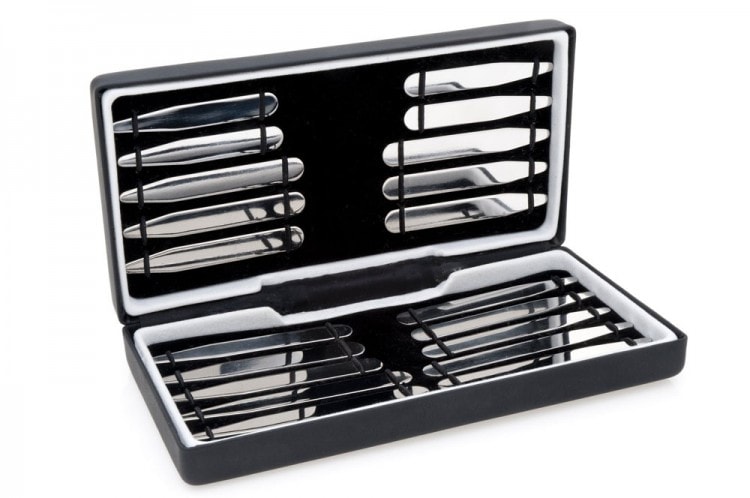 Steel boned for shirt collar
Steel boned for shirt collar
Some Western manufacturers provide an opportunity to make personalized engraving. In our country, I have not met seed producers who provide such a service. Alternatively, get the engraving done in any workshop that engraves key chains, pens or jewelry.
Brass bones
Another type of bones made of metal are brass bones. They have a golden color and are in no way inferior in properties to their 'steel brothers'. The price range is similar to steel bones.
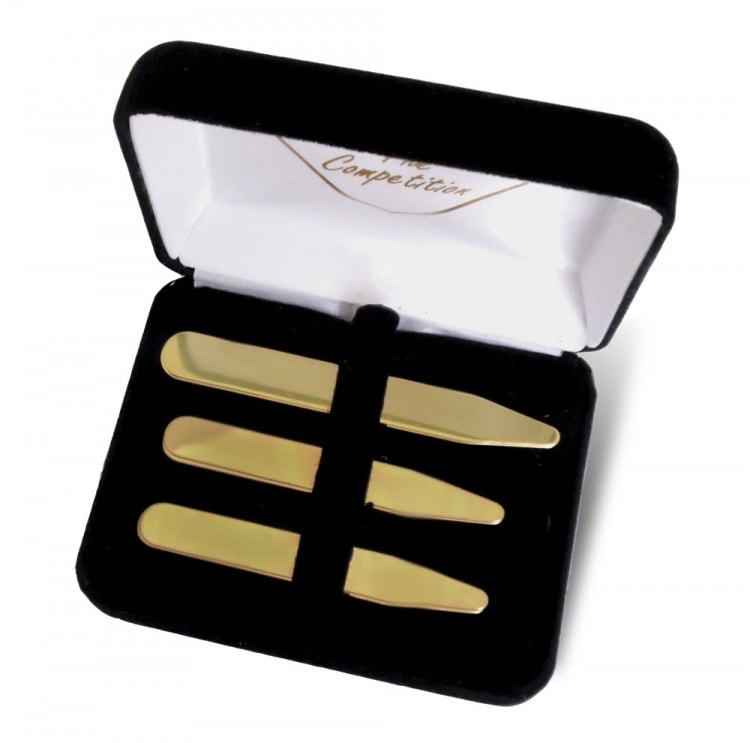 Brass collar underwire
Brass collar underwire
Wooden bones
Very interesting, in my opinion, a kind of collar bones. On the one hand, wood is not a very practical material and can deteriorate if you get caught in the rain or accidentally forget to pull out the bones during washing. On the other hand, if the seeds are made of walnut or beech, the smell from them will be very, very pleasant. There are mahogany bones – a very exquisite and unusual gift for a person who has everything.
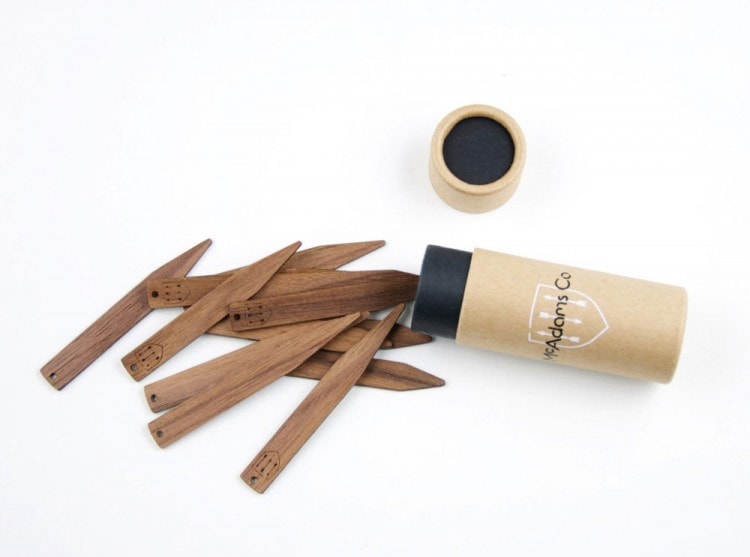 Wooden shirt bones
Wooden shirt bones
Bones of gold or silver
Seeds made of gold or silver can cost you a pretty penny. They are as strong as bones made of any other metal. Their only advantage is the ability to spend extra money or buy as an investment. In 100 years, such bones will be a family heirloom … or maybe they will be saved from the next financial crisis.
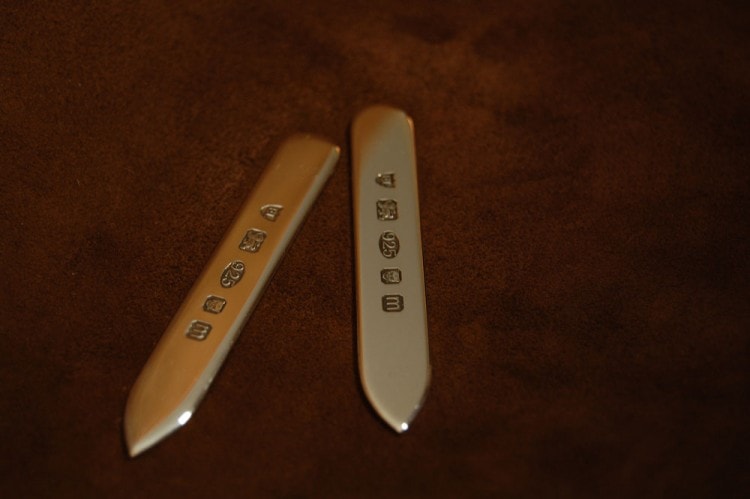 Gold shirt bones
Gold shirt bones
Magnetic collar underwire
Quite an interesting option for bones. A small magnet is attached to the plate, which is designed to keep the edge of the collar straight on the shirt. In fact, this is some kind of replacement for a collar with a button, only here a magnet is used. The cost of one pair of seeds starts from about 1000 rubles. Not entirely practical (the magnet can be lost), but quite an interesting accessory for a shirt.
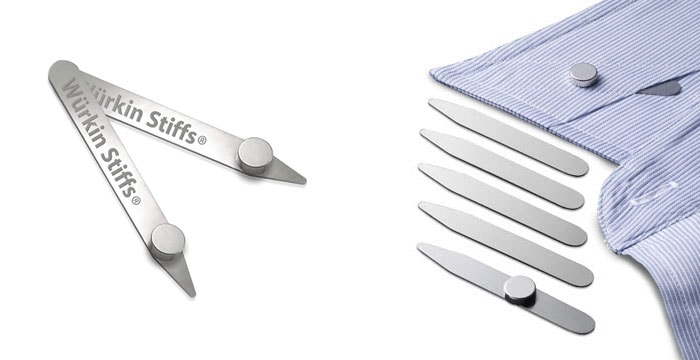 Magnetic underwire for shirt collar
Magnetic underwire for shirt collar
What other materials are used for collars
Collar inserts can be made of carbon, whalebone, elephant or mammoth ivory, mother of pearl, the horn of an animal or its bone, and various precious metals. All these are exquisite products and, as a rule, are designed to emphasize the wealth and sophistication of their owner. If you wish, I think you can also make bones from a meteorite, just pay.
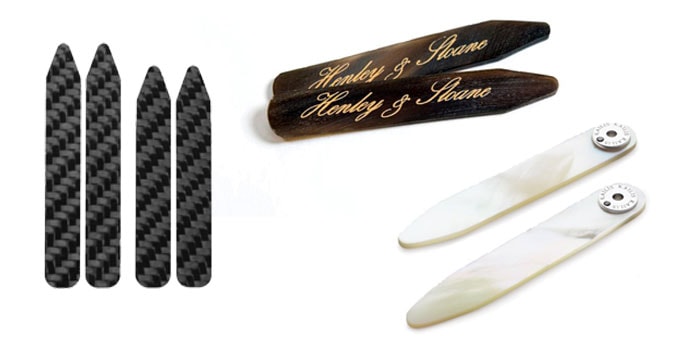 Collar underwire made from a variety of exquisite materials
Collar underwire made from a variety of exquisite materials
How to make bones yourself
If you suddenly forgot the bones at home, then you can make them from scrap materials. Take a regular, unwanted discount card, stationery scissors, and a pencil / pen. If possible, measure the pocket where the bone is inserted. According to these dimensions, after having thrown over the outlines of the finished product, cut 2 bones from a plastic card. For one thing, remember the lessons of labor from the days of school.
How not to ruin your bones and shirt
Before washing (dry cleaning) your shirt, be sure to remove the bones. When ironing, if the bones are sewn into the shirt collar, try to bypass the bones. Otherwise, the bone can lose its shape, and in the worst case, even ruin the shirt collar.
Finally
Why so many details and subtleties in such a small accessory like bones? The fact is that the collar is one of the first details that are visible when meeting face to face. In such a situation, if you value your reputation and good looks, the details are very important. Even a slightly dented or bent collar of a shirt can ruin the picture and the general impression of you, no matter how strange it sounds.


